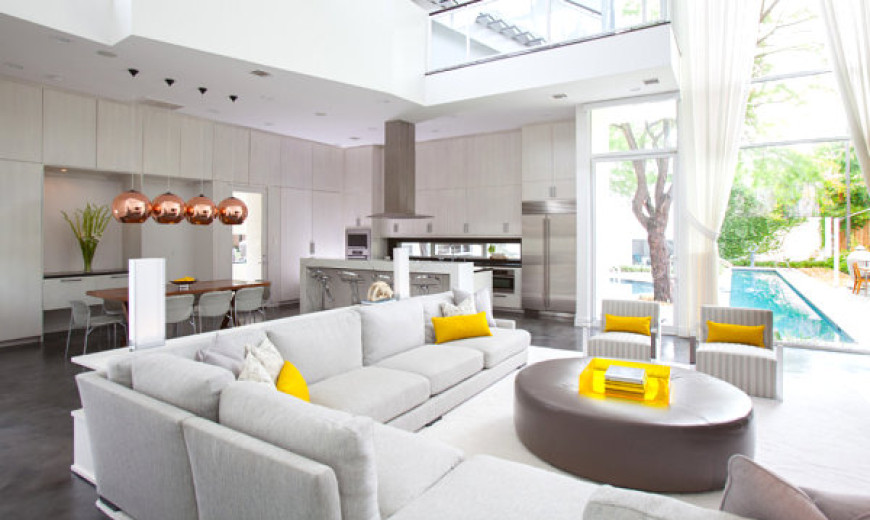Moods are a part of our everyday life, the result of all our emotions and reactions to the environment. A certain mood can last all day. Good or bad moods are known to depend on the events, color and other external factors around us.
Moods are subtle and not as strong as emotions, but they play a big role in how we see the world and ourselves. To improve your mood with interior design, you need to place the right elements, set the right lighting, and make subtle but efficient changes in your home to create a more relaxing and positive atmosphere for yourself and others around you.
The decisions you make are important
 Image source: Dalius & Greta Design
Image source: Dalius & Greta Design
Colors are known to automatically set mood due to their various psychological effects. The color palette of your home design should be chosen carefully as each color will add to your general mood and emotions.
Harmonize your home by choosing something that you prefer and that puts you at ease. Even if you think you love a color, you may be bothered if it is in large quantities.
The right color for the right mood
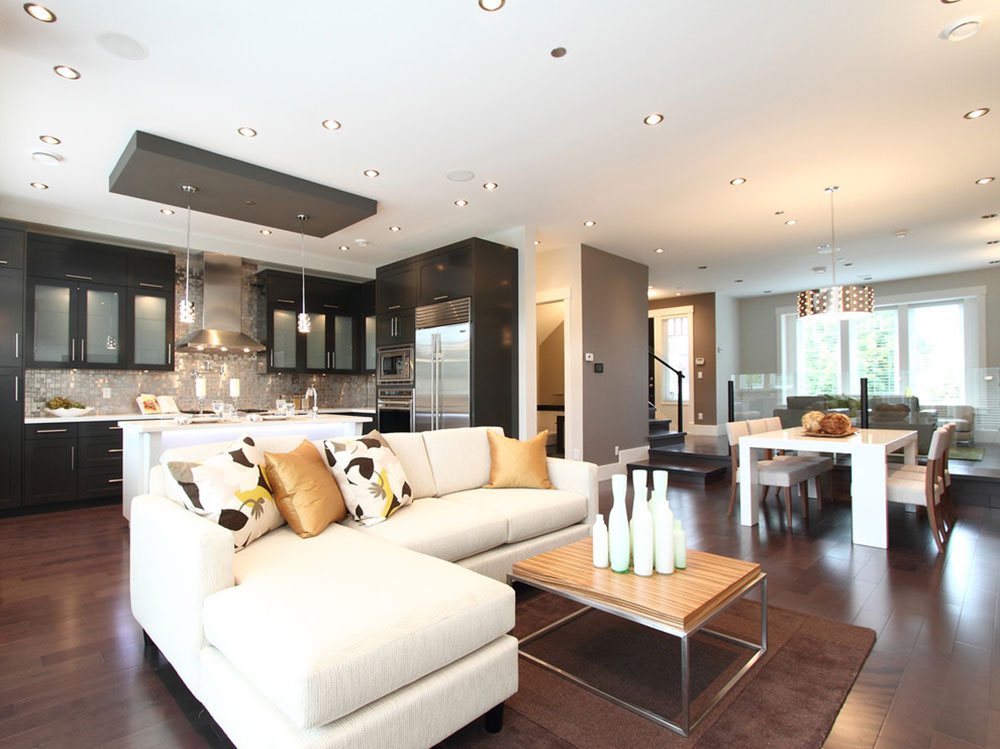 Image source: Space harmony
Image source: Space harmony
Don’t include too many colors in your scheme, as it can make the room look disorganized and cluttered. There should be a limited number of colors you want to use. Experimenting with different combinations of room colors and moods that you find appropriate is good and fairly easy to do, since paint isn’t very expensive and painting doesn’t cost too much effort.
The effects of the colors
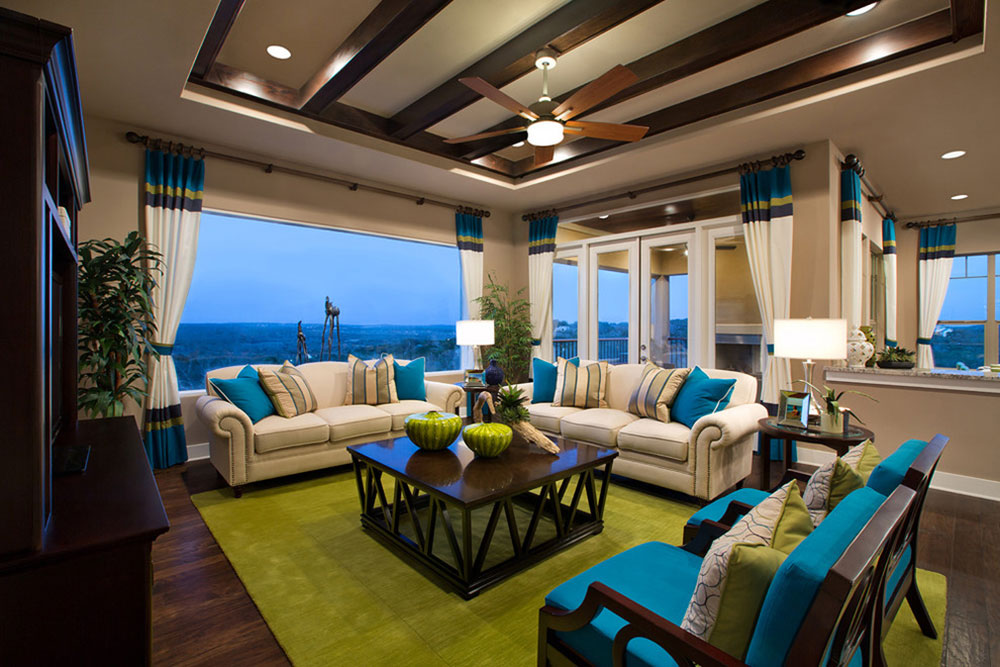 Image source: Mary DeWalt Design Group
Image source: Mary DeWalt Design Group
You can divide the colors based on their effects – active, passive and neutral. This division makes it easier to find the right color depending on what mood you want to achieve. This can vary depending on the purpose of the room and the personality and taste of the person.
It is well known that lighter colors expand the space and freshen up the space, as darker shades are known to be warmer yet more elegant. Regardless of whether you want to create a more intimate or airy atmosphere, you can rely on the color choices to do it for you.
Mood by room
- If you want your bedroom to be softer and more intimate, you can decrease the contrast and work with similarly softer, more sensual colors.
- The lighting and color choices of the bathroom are important as it is convenient to have a good view when looking at the mirror. The worst colors are definitely yellows and greens, so they aren’t highly recommended. The lighting should be similar to daylight so that it feels natural.
- To make your kitchen a beautiful and exciting part of your home, the colors need to match that environment. This is a good place to experiment with bright and bold color combinations.
- Rooms designated for activities should be colored depending on the activities you have in store for them. Deep colors can create an inviting atmosphere, while something lighter can make the room large and spacious. Activity rooms like kindergartens and washrooms should be well-lit and have a focal point where you can focus all of the activity.
- Formal settings require colors that maintain a relaxed and subtle atmosphere. This applies to the living room and dining room. The furniture should be organized so that talking and connecting is easy and you can feel welcome and relaxed. These room types should be the perfect combination of cozy and sophisticated – preferably with deep, rich colors.
Important factors that play a role in the mood of the room are the size, the illuminance, the use of natural or artificial light and the brightness of the colors.
Influence your subconscious mind wisely
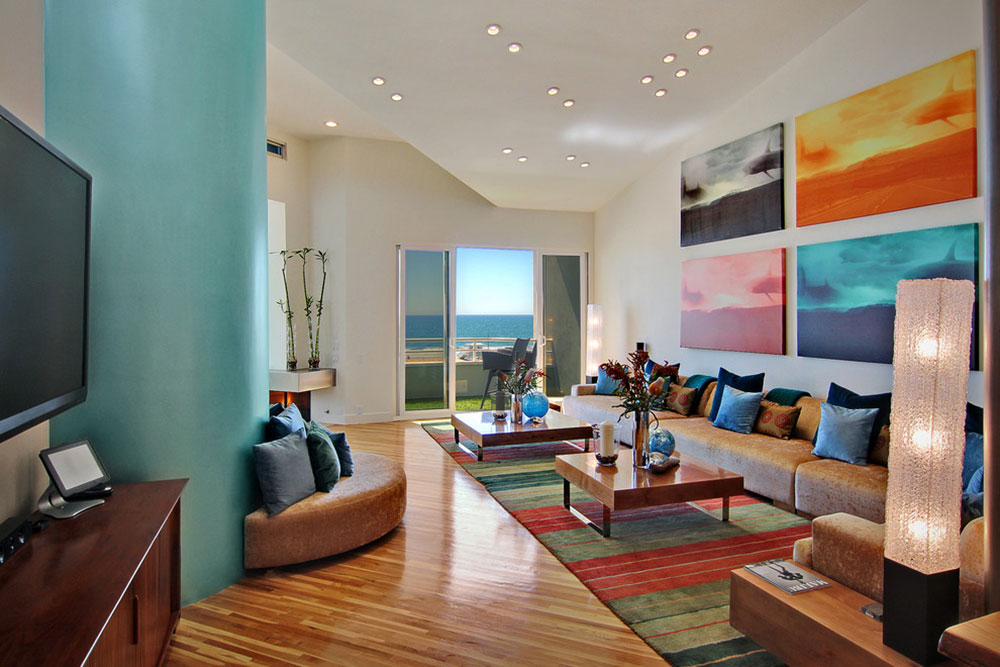 Image source: Amato Design LLC
Image source: Amato Design LLC
There are so many scientific studies that show how much the subconscious is influenced by the environment and thus by the interior of the house. Every detail, every color and every arrangement plays a small role in setting the mood for you. Sometimes a bold color can be enough to create fear, as a piece of furniture can give the wrong impression.
Good things the colors are associated with:
- Red is the color of youth, love and excitement.
- Orange stands for motivation, activity and enthusiasm.
- Yellow is cheerful and radiates happiness and great joy.
- Green is the color of nature associated with happiness and growth.
- Blue is calm and contemplative – a peaceful atmosphere in which you feel safe.
- Purple is associated with wealth as it carries wisdom and authority.
- White is a pure color that always looks clean and simple.
Bad things the colors are associated with:
- Red is rather annoying as it is often used as a warning sign and reminds of war.
- Orange can cause aggressive or anxious behavior as it contributes to nervousness.
- Yellow can be overwhelming and cause panic and uncertainty.
- Green is often associated with insecurity, resentment, and worry.
- Blue is the color of pain, sadness and insensitivity.
- Purple can be associated with boredom, disgust, or even hatred.
Positive spatial associations
- Keep open
- Consistency in type
- Good wrap and spacing
- Good organization (with a grid).
- Create margins.
- Keep a contrast between the open and negative spaces.
Negative spatial associations
- Small or no space.
- Incorrect arrangement of elements.
- Visible errors are displayed.
- Elements that do not match the other elements or the overall design.
- Pieces that take in each other.
Feng Shui for good energy in your home
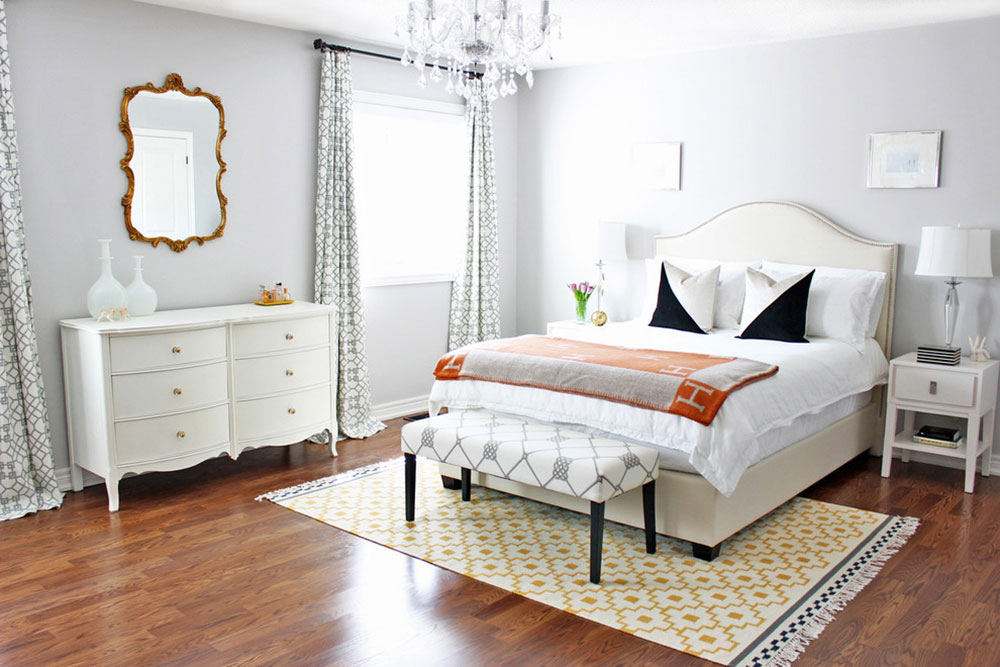 Image source: AM Dolce Vita
Image source: AM Dolce Vita
If you adhere to these techniques, the presence of practitioners is required. You examine the room with an energy map and make decisions about your design.
If you feel unwilling to change your colors, materials, and overall decorating style, there are a few pointers that you can always follow that claim to boost the energy of your home.
Striving for a welcoming, colorful, and clean area is one of the ways to increase energy, as is carefully arranging the furniture in a breezy manner and using flowers and stones in decorating. Also, be careful of clutter.
How to change the mood of a room using lighting
For an intimate environment
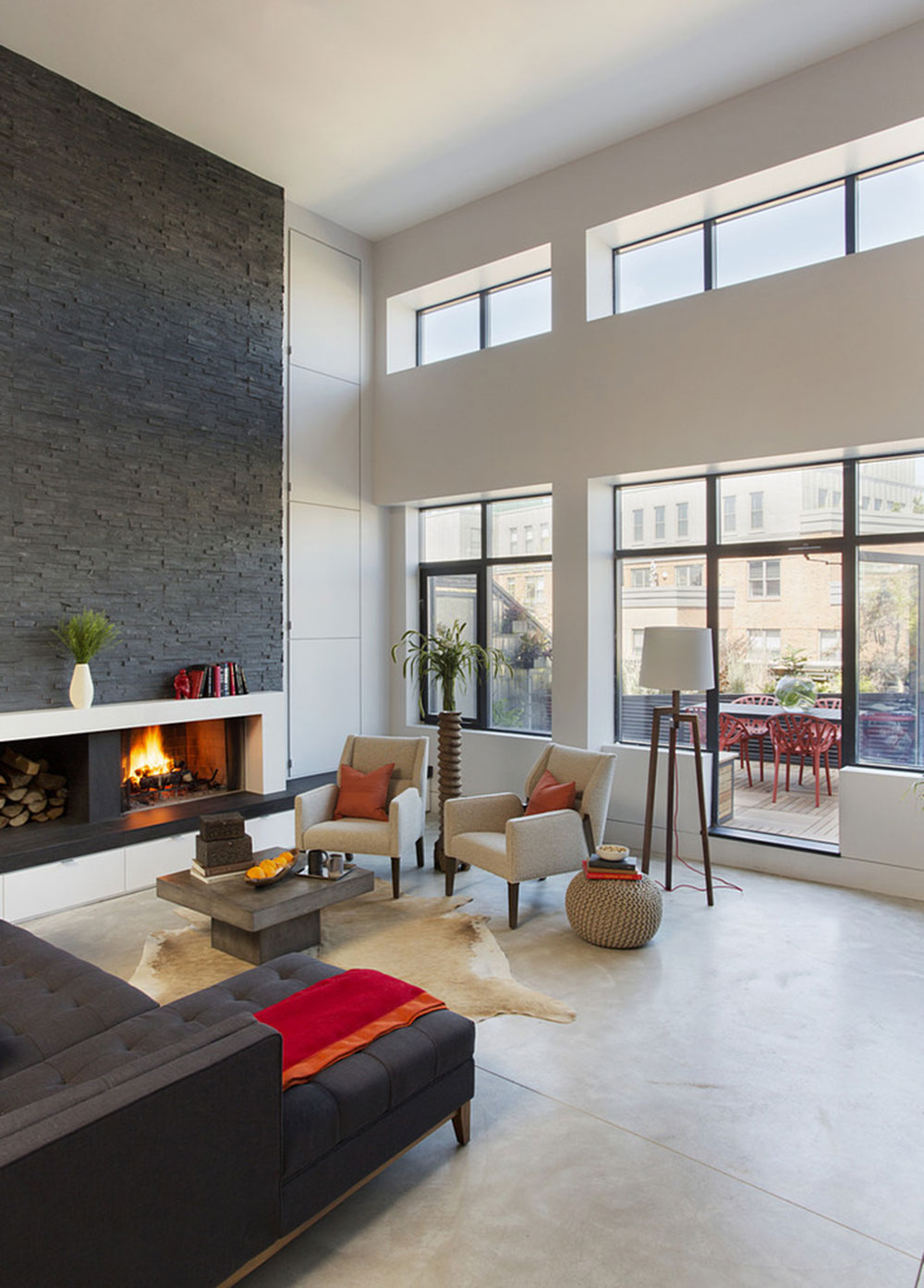 Image source: ZeroEnergy design
Image source: ZeroEnergy design
Diffuse lighting is ideal for staying in a corner of the room – it can be a table lamp, fireplace, arrangement of candles, or even a dark chandelier. It’s smart to go to turn off the rest of the light and get the real effects of the shadows and soft tones.
Something intense
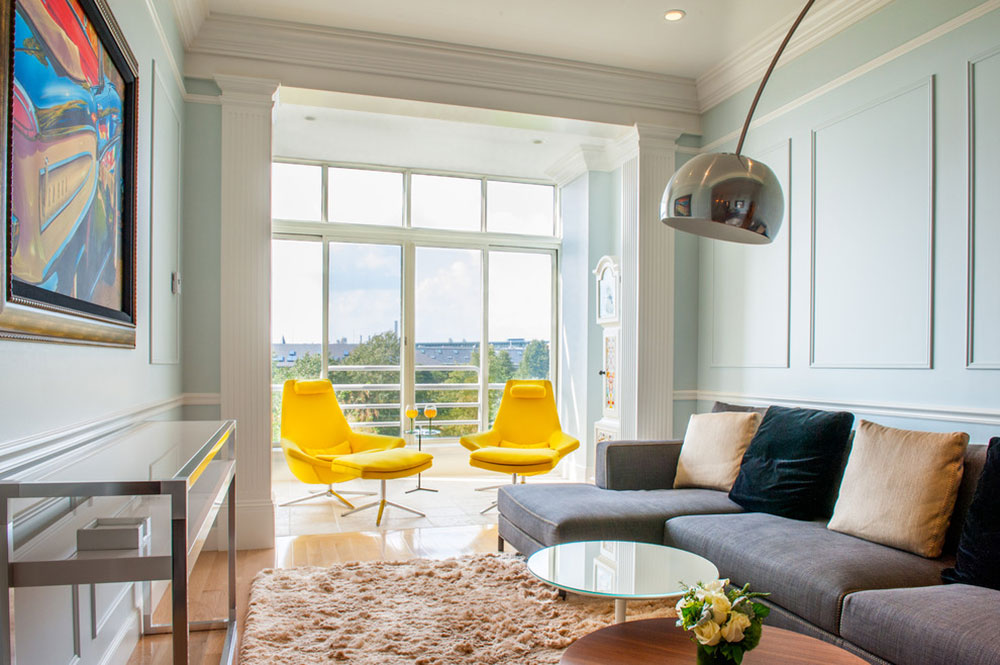 Image source: Lee Kimball
Image source: Lee Kimball
Lights on the edges of the room are unnecessary and unnecessary. Bright direct lighting that illuminates the center of the room creates a strong and intense atmosphere.
Concentrate
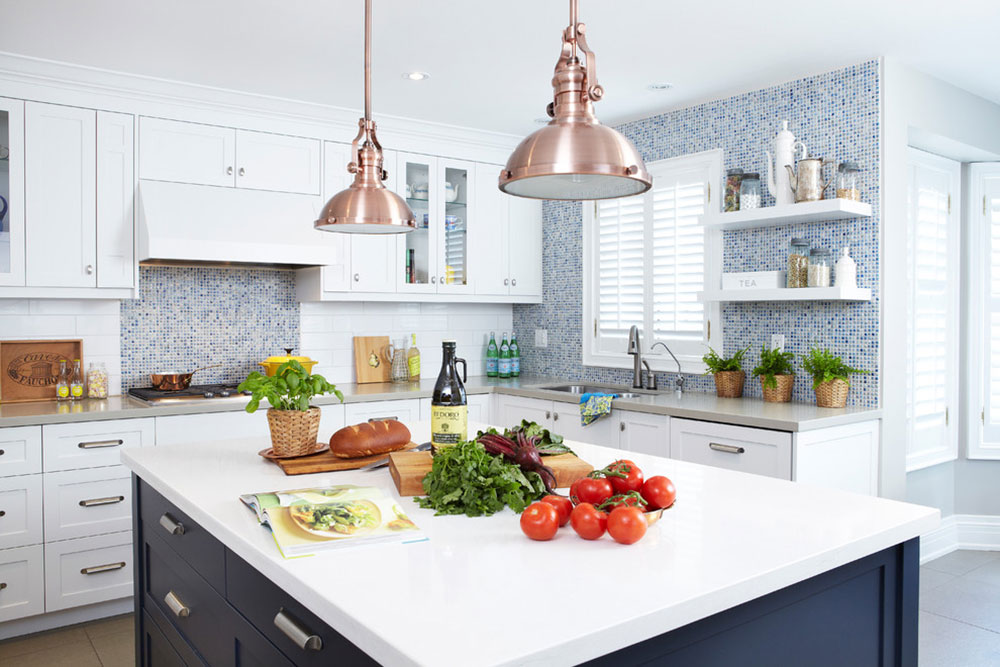 Image source: Sealy Design Inc.
Image source: Sealy Design Inc.
There should be an even amount of light throughout the room – and it should be fairly bright. This helps you focus. For example, fluorescent lighting is often used in classrooms. This principle is good for your kitchen or study as it definitely helps you focus.
Comfort and relaxation
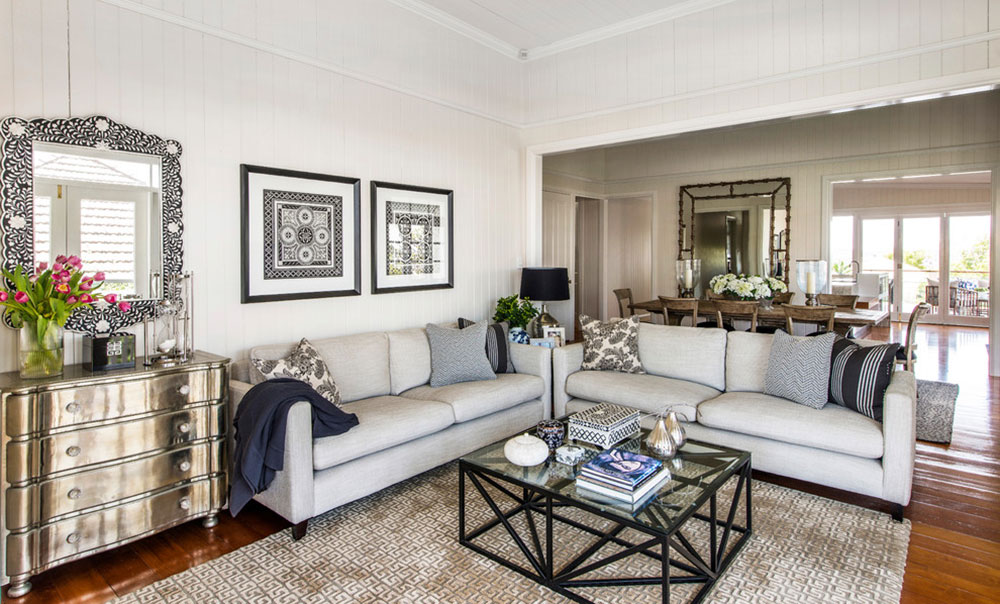 Image source: Highgate House
Image source: Highgate House
Think about dimmers and perimeter lights. Whatever you do in your free time should be indirectly lit to make you feel cooler and calmer.
How creative office design can change the mood of your company
The influence of color on the mood of employees
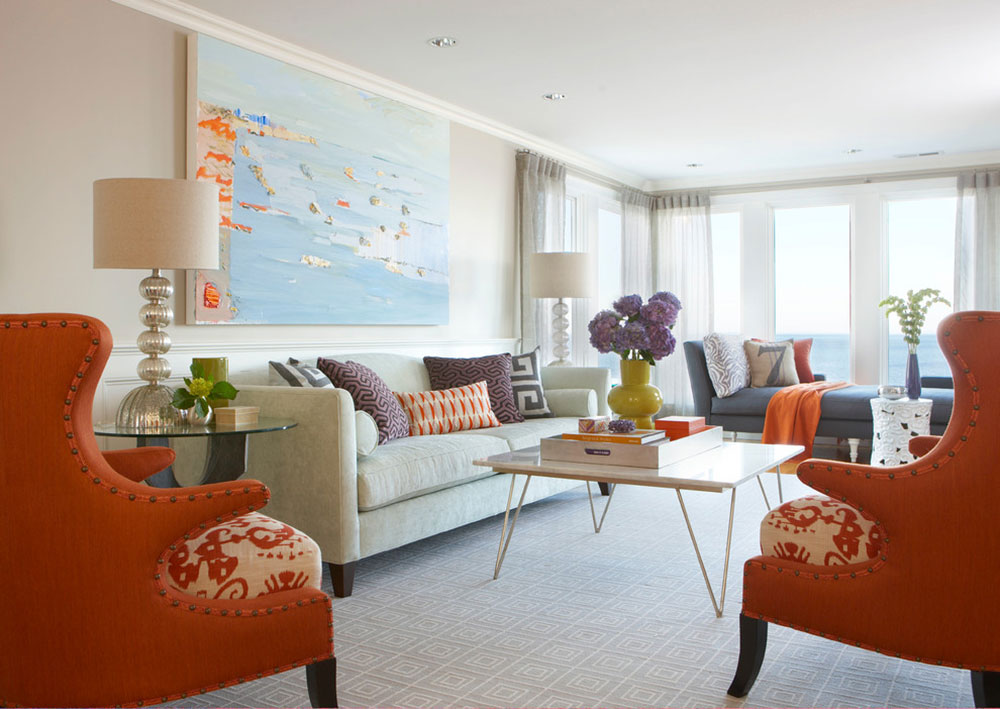 Image source: Rachel Reider Interiors
Image source: Rachel Reider Interiors
When working with a creative team, creativity should be the goal of the mood. You need to create an atmosphere where everyone can participate, exchange ideas, and chat. A professional can always help you combine different colors like red, green, and yellow to make your workspace more productive.
It encourages collaboration
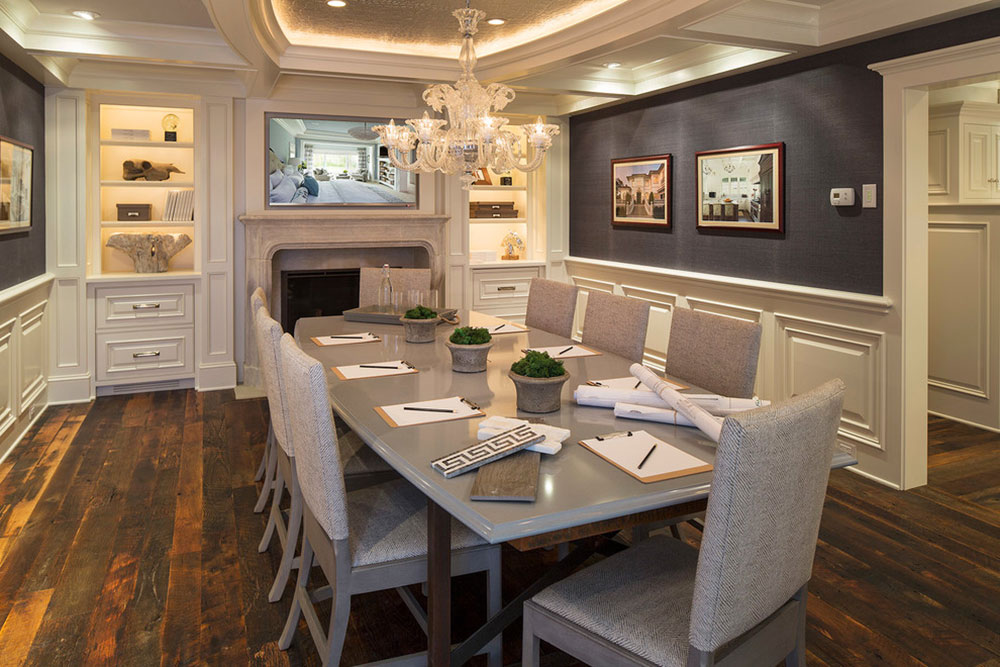 Image source: Martha O’Hara Interiors
Image source: Martha O’Hara Interiors
If you make your office design more creative, your employees will be just as creative. The best way to encourage creativity is to create places where everyone can work together and share ideas, rather than just making plans for individual seating.
 Flower Love
Flower Love
